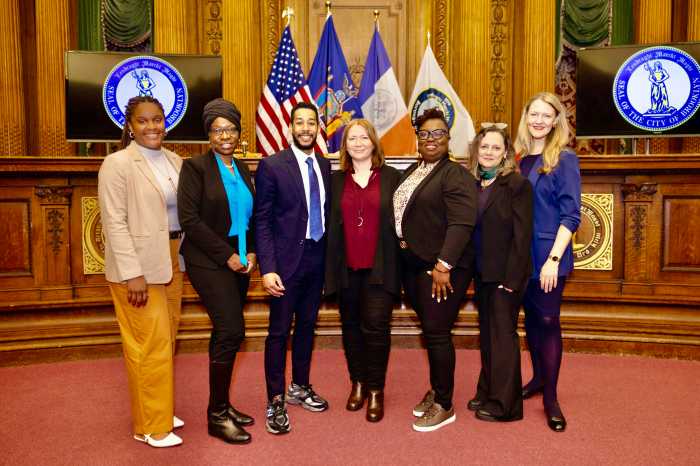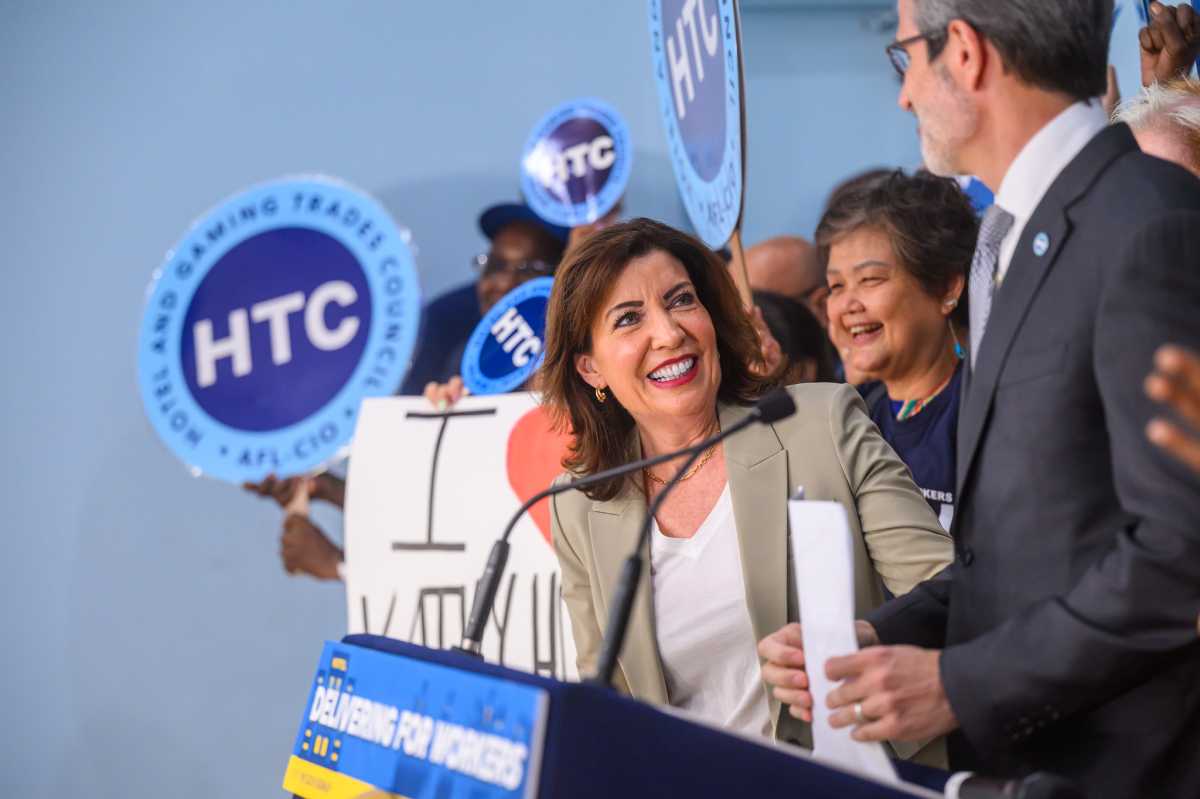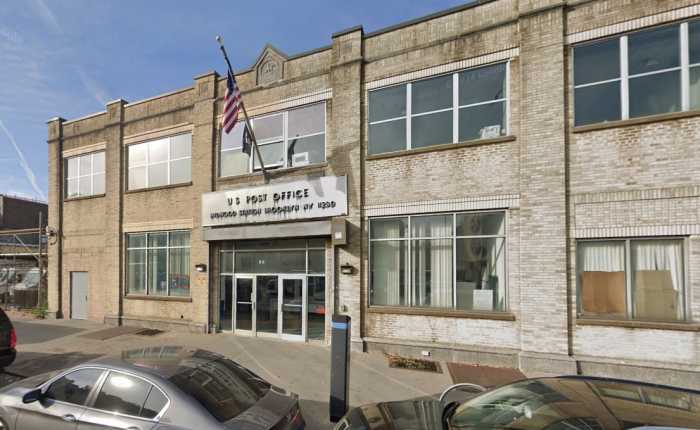Imagine your 90-year-old mother has Alzheimer’s disease and is near death. But before she became mentally incompetent, she gave you power of attorney to sign a Do Not Resuscitate (DNR) order so medical personnel would honor her wishes to die peacefully, without aggressive medical interventions in her final days.
Then your worst nightmare unfolds: your mother goes into cardiac arrest, and is subjected to the very treatment she had been determined to avoid: aggressive, traumatic Cardio Pulmonary Resuscitation, and other extreme measures, including having a hole cut in her throat, being injected with paralyzing drugs, having tubes forced down her throat and into her stomach, and having air forced into her lungs.
Two days after this aggressive, traumatic resuscitation, you are in the indescribably horrifying situation of having to direct that your mother’s ventilator be removed so she can finally die and her suffering end. But she lingers on in a slow decline for another five days while you maintain a heartbreaking, bedside vigil each day and night until she finally passes away. Then to add insult to injury, the hospital hands you a bill for this unwanted medical treatment totaling thousands of dollars.
Sound preposterous? Unfortunately, it’s not. It is Sharon Hallada’s real life, front page news nightmare. It prompted the leading national organization dedicated to ensuring that medical professionals honor patients’ end-of-life choices, Compassion & Choices, to help Sharon file a lawsuit against a hospital and a nursing home in Lakeland, Florida, for failing to honor her mother’s wishes, despite the fact that they had been clearly and legally specified in the DNR. Sharon sued on behalf of her deceased mother, Marjorie Mangiaruca, to ensure no else’s parent has to endure this kind of traumatic experience.
In fact, medical professionals override or ignore many patients’ decisions in the weeks and months before their deaths. It happens for a variety of reasons and can lead to invasive and fruitless testing, needless suffering, unrelenting pain and a prolonging of the period before death. Patients are tethered to monitors and machines despite their determination to reject treatment and desire to die at home in the embrace of loved ones.
A recent study published in Journal of the American Medical Association found that between 2000 and 2009 treatment in intensive care units in the last month of life increased from 24 percent to 29 percent. The accompanying editorial concluded, “The focus appears to be on providing curative care in the acute hospital regardless of likelihood of benefit or preferences of patients. If programs aimed at reducing unnecessary care are to be successful, patients’ goals of care must be elicited and treatment options such as palliative and hospice care offered earlier in the process than is the current norm.”
To stop this disturbing trend, policy makers can and should provide both the carrot and the stick to ensure that patients’ wishes are honored: financial incentives for honoring advance directives and financial disincentives for disregarding patients’ expressed wishes.
The Centers for Medicare and Medicaid Services (CMS) should deny payment to providers when there is clear evidence that patients were subjected to treatments they didn’t want — just as current policies deny payment when patients receive unnecessary treatment.
The Justice Department is investigating hospitals and doctors’ groups for unnecessary treatment and taking legal action against the perpetrators when they find evidence of such treatment. The same diligence should be trained on unwanted medical treatment. It is always unnecessary and should never be considered acceptable.
Compassion & Choices recently recommended CMS initiate several steps to improve the quality of conversations among health care professionals, patients and families about end-of-life decisions, including:
1. Reimbursing medical providers for participation in advanced care planning with patients and their families well in advance of illness or before facing end of life;
2. Providing financial incentives and training to encourage medical providers to offer all the information and counseling necessary for a patient’s decision making when they secure informed consent;
3. Ensuring that the full range of medical care and treatment decisions, including curative care, palliative care and medical assistance in dying, are freely available to patients without institutional or reimbursement barriers.
The explosion of the aging population coupled with the nation’s financial and moral commitment to providing health care to an ever-increasing number of Americans reveals that the scourge of unwanted medical treatment must be an urgent priority for our nation.

























